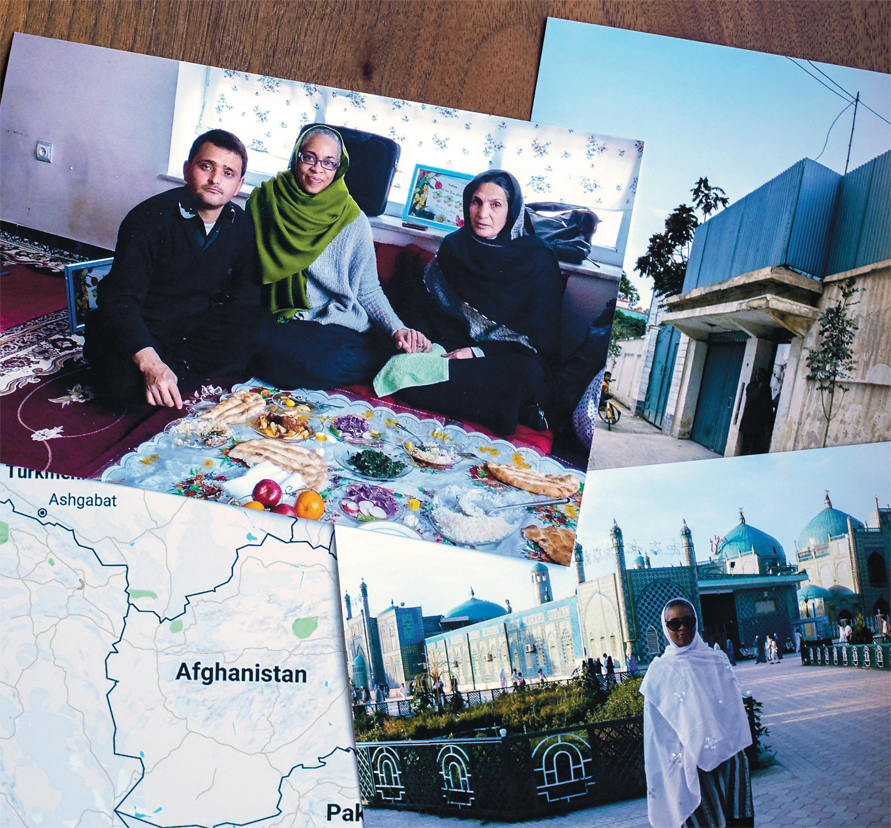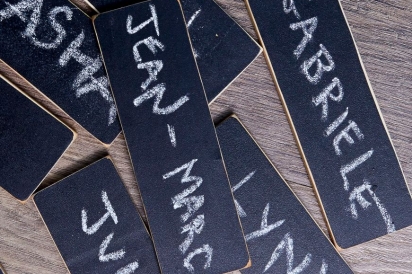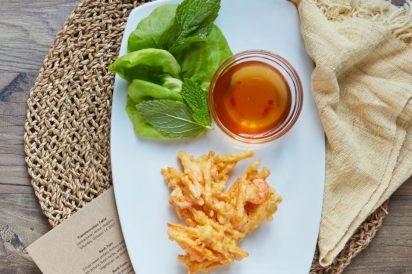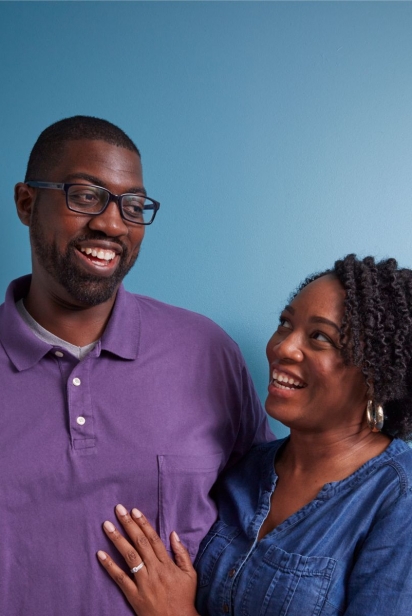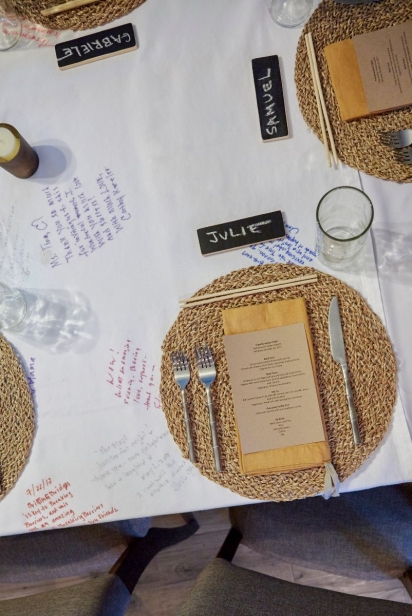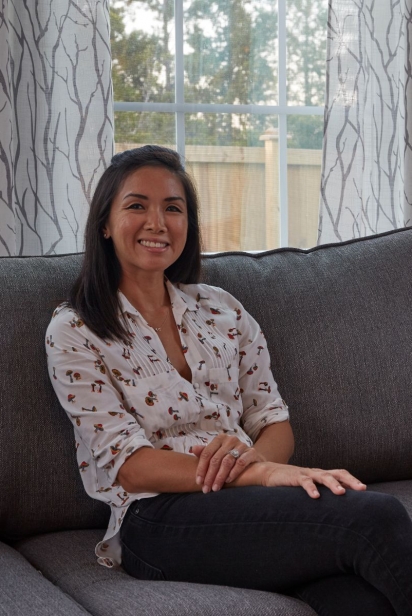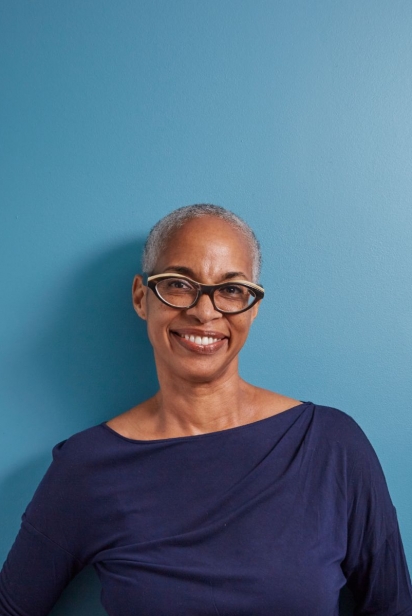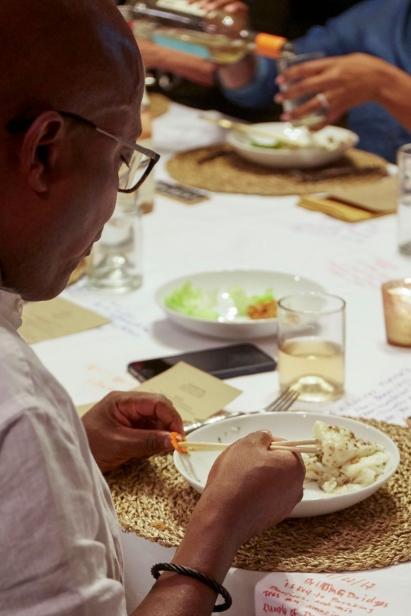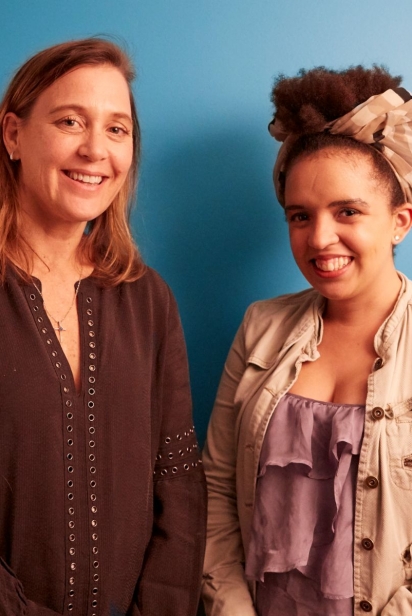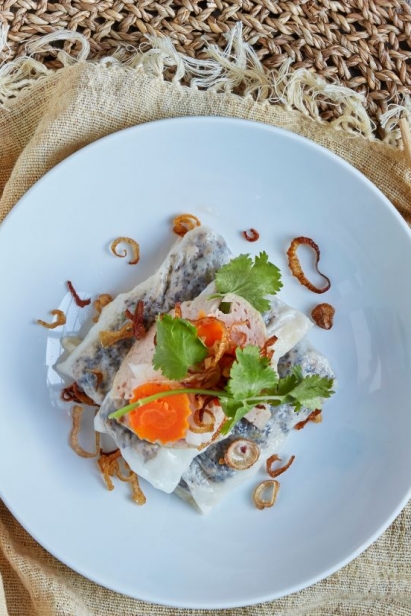Bring it to the Table
Tina Singleton knows the true power of collards. But she didn’t learn it in a Southern kitchen, with a splash of vinegar and side of cornbread, or even at a traditional New Year’s Day spread, served up as a heaping green mess of prosperity. Rather, she realized the hearty potential of those sturdy, leafy greens in the arid reaches of Afghanistan.
It was there, out of desert desperation for a vegetable other than iceberg lettuce, that she planted a garden.
“I decided if I was going to live in a war zone, I was going to have collard greens,” says the former fashion industry exec turned Peace Corps volunteer turned international development worker and disability specialist. And, lo and behold, that sandy garden’s harvest of collards and other veggies was so robust (“the goat manure!”) that she began inviting neighbors over to share in the bounty. Her dining table became a gathering place for monthly pop-up meals.
“I began to see the power of food,” says Singleton, who grew up as a “military brat,” moving constantly, though with family roots in South Carolina. “Food was the tool that brought people from different backgrounds, living in a stressful war zone, all together.”
She discovered that her humble dining table could be transformational, and indeed the table changed her whole experience in Kabul, where she’d lived before but left, dissatisfied, because she had felt so isolated from the local people and culture due to rigid security constraints. But this time in Afghanistan—a beautiful country that she says “gets under your skin”—she lived in an apartment rather than a guarded compound, and thus had the freedom to invite neighbors to her home to share meals and help consume all those collards.
“I fell in love with the people there. They have such a resilience and don’t take anything for granted—you never knew when an explosion would go off. They gave me such a different perspective about life and living and humanity,” Singleton says. And a new perspective, too, about how those collards, that table, began to shift things.
“Food is your ‘in’,” she adds. “It’s the universal language. Everybody understands food—and across the board, in every culture, feeding one another is the way people show love. Inviting others into your home is a vulnerable act; eating with them is so simple, but very intimate.”
And though today her dining room table is on serene James Island, far from turbulent Afghanistan, Singleton, whose big smile and easy warmth makes her the consummate host, continues to harvest and celebrate that power of food through monthly gatherings she calls Transformation Table.
Transformation Table dinners are hosted in a private home and bring together a small group, typically limited to 10 people of various backgrounds and interests, to enjoy delicious food and get to know one another. In other words, to experience the festive and healing power of the table.
Cooking with Love
Afghanistan had been Singleton’s last stop in her two-decade career in international development work, and after living and working in 15 countries, she felt it was time to return stateside. In 2014, she went to California to learn more about gardening in the Ecological Horticulture program at the Center for Agroecology and Sustainable Food Systems at University of California Santa Cruz. And in April 2016, Singleton moved to Charleston to be closer to family in Sumter and reconnect with her Southern roots. Two months later, nine African American churchgoers were murdered at Emanuel AME Church.
“At one of the Emanuel memorial services, I heard Bernice King [Dr. Martin Luther King, Jr.’s daughter] say that if you really want to get serious about change, you have to get proximate. You have to get intimate,” Singleton recalls. “I realized this is exactly what I’d done around my dining table in Kabul, so I said, ‘Let me just try it here. I’ll find some guinea pigs, and invite them to share a meal.’”
Singleton’s first Transformation Table dinner happened that fall; she invited eight people she’d recently met but who didn’t know each other, and instead of preparing the food herself as she had while living abroad, got a word-of-mouth recommendation for a private chef: Janice Hudgins of Little Miss Ha’s Vietnamese Catering.
“I’m looking for local talent, primarily accomplished home chefs with an international background, people who cook with love,” says Singleton.
After cocktails and an informal time for people to arrive and gather, Singleton invited her guinea pigs to the table, and started things off with a simple question: What’s your favorite food memory?
“You can learn so much from that one question: what kind of food they ate, who cooked it—people are eager to share what’s important to them,” she says. And the conversation and thus deepening personal connection continued to unfold throughout the evening, and throughout the 11 subsequent Transformation Table dinners.
Creating Space
The model has stayed fairly simple and informal, though Singleton now has a website where those interested in attending or hosting can apply, as can chefs who wish to cook for Transformation Table events. Singleton reviews each application and issues invitations to those who understand that this is not just a foodie event—“though great food is the definitely the initial draw,” she admits—but something more, something intentional. The all-inclusive, multi-course meals (currently $65 per person) are always in a private home, which doesn’t have to be fancy.
“I bring everything—from tableware to flowers, and sometimes even the table. Hosts just have to be willing to open their home and open their hearts,” she says.
For Janice Hudgins, the experience of cooking for the first Transformation Table event was as rewarding as it was for the diners.
“I wanted to make sure the food was comforting and had a story behind it,” Hudgins says. “These guests were coming together for the first time for a wonderful purpose, so I knew my food was the ‘ice breaker’ in a sense. I love Tina’s passion to build a community through food, so I wanted to match that passion with food I was passionate about.”
In addition to Hudgins’s Vietnamese fare, Transformation Table chefs have served Afghan, Gullah, Moroccan, Persian, Brazilian, North Indian and South Indian cuisine. Each chef has the opportunity to share a bit of his or her personal story in between courses.
“I find that people today want to connect, but just aren’t sure how,” says Singleton, who doesn’t think of herself as a facilitator. “I’m just creating a space for that to happen, that’s all. The food and the conversation around the table are what make change happen.”
Singleton dreams of one day seeing Transformation Table spread to other cities, but for now she’s content keeping it small. In many ways, the beauty, and indeed the power of Transformation Table, is the sheer simplicity of it. The magic happens when people come together to share food and stories: a meal turns into a feast and a dinner partner becomes a new friend.
Learn more about Tina Singleton and her mission at transformationtable.com.


